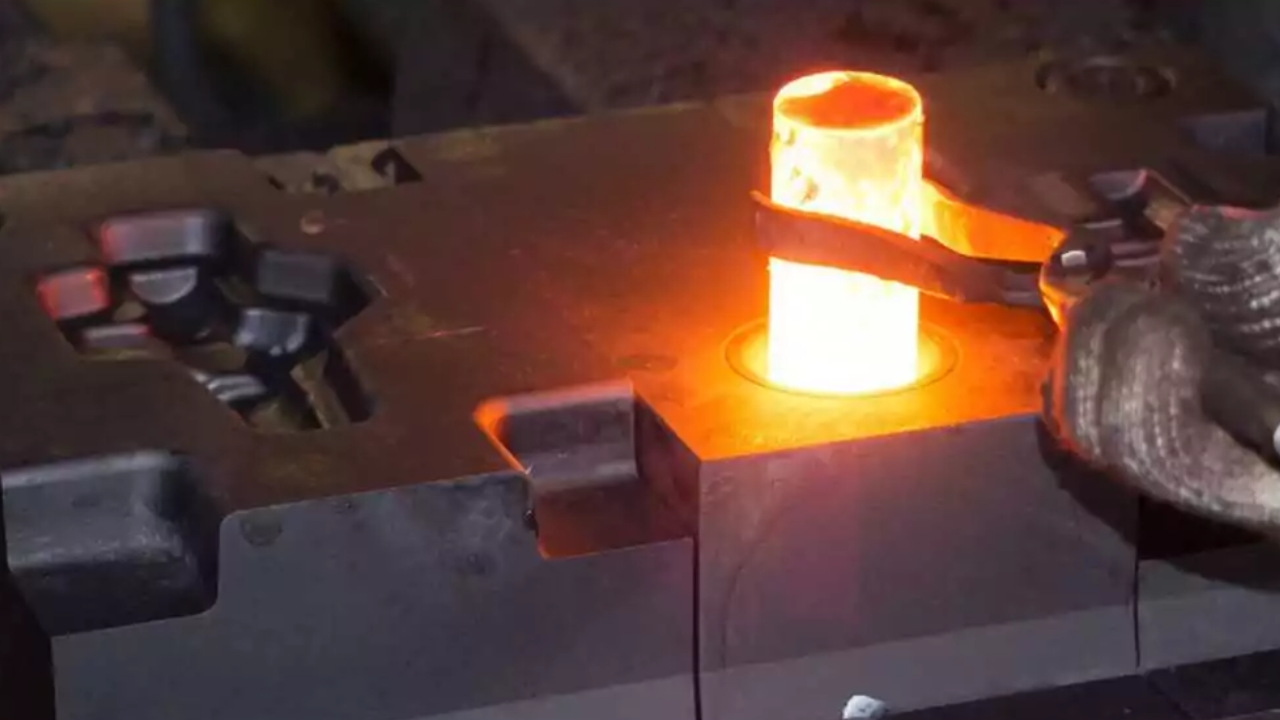Forging manufacturing is a manner in which metal is shaped with the use of compressive forces carried out through a die or device. It generally includes heating the metal to a particular temperature to enhance its ductility, making it simpler to mold. The process may be both hot forging and cold forging.
Hot forging allows for greater complex shapes and decreases the likelihood of defects, while cold forging offers better dimensional accuracy and floor finish. Generally, solid parts encompass crankshafts, connecting rods, gears, and bolts forging manufacturing provides superior mechanical properties compared to castings due to the grain shape alignment, making it important in industries requiring high-power additives like the aerospace and automotive industry.
Safety Measures For Forging Manufacturing Operation
Protection measures are paramount in forging production operations due to the high temperatures, heavy machinery, and capability hazards involved. Important safety measures encompass:
Personal Protective Equipment
Private protection equipment in forging manufacturing consists of heat-resistant gloves, aprons, and face shields to save you from burns from hot steel and sparks. Safety goggles to shield eyes from debris, extremely mild steel-toed boots for foot safety in opposition to heavy objects, and hearing protection to protect against machinery noise. PPE is crucial for employee safety.
Machine Guarding
Machine guarding in forging manufacturing involves installing protective barriers on presses and hammers to prevent accidental contact with moving components. Emergency stop buttons ought to be strategically placed for short shutdowns. Guards should be securely maintained and often inspected to ensure they stay effective. Right system guarding reduces the hazard of accidents, ensuring people are included from capacity dangers consisting of entanglement, crushing, or flying debris.
Training and Procedures
Training and Procedures in forging manufacturing are crucial for safety and efficiency. Complete education programs educate workers on how to perform equipment, deal with materials, and understand hazards. Preferred running tactics ensure consistency and safety in all responsibilities. Regular safety drills prepare employees for emergencies like fires or equipment failures. Continuous education and adherence to protocols decrease risks and promote secure working surroundings.
Material Handling
Material Handling within forging manufacturing entails the use of ergonomic tools and lifting devices to decrease strain and prevent accidents. Proper storage of raw materials and completed products is essential to keep away from falls and collisions. Workers must be trained in safe lifting strategies and the use of handling equipment. Clear pathways and organized storage areas enhance safety, reduce experience risks, and improve ordinary efficiency inside the workplace.
Fire Safety
Fire safety in forging manufacturing includes using fireplace-resistant materials in creation and equipment. Fire extinguishers and suppression structures have to be effective and frequently maintained. Truly marked and unobstructed emergency exits and evacuation routes are vital. Regular fireplace drills and employee training on fire reaction procedures enhance preparedness. Implementing these measures helps save you from fires and guarantees a swift and prepared reaction if one occurs.
Hazard Communication
Hazard communication in forging manufacturing entails clean labeling of all risky materials and secure dealing with commands. Material protection records Sheets need to be quite simply available for every substance used. Ordinary training guarantees workers understand the risks and right precautions. Effective verbal exchange facilitates saving you from accidents by ensuring that everyone is aware of potential dangers and is aware of how to manipulate them adequately.
Conclusion
Implementing strong protection measures, including personal protective equipment, device guarding, thorough education, proper material handling, and effective hazard verbal exchange, is crucial in forging manufacturing. These measures no longer only enhance worker safety but also promote efficiency, reduce injuries, and create a cozy operating environment critical for sustainable operations and worker well-being.

